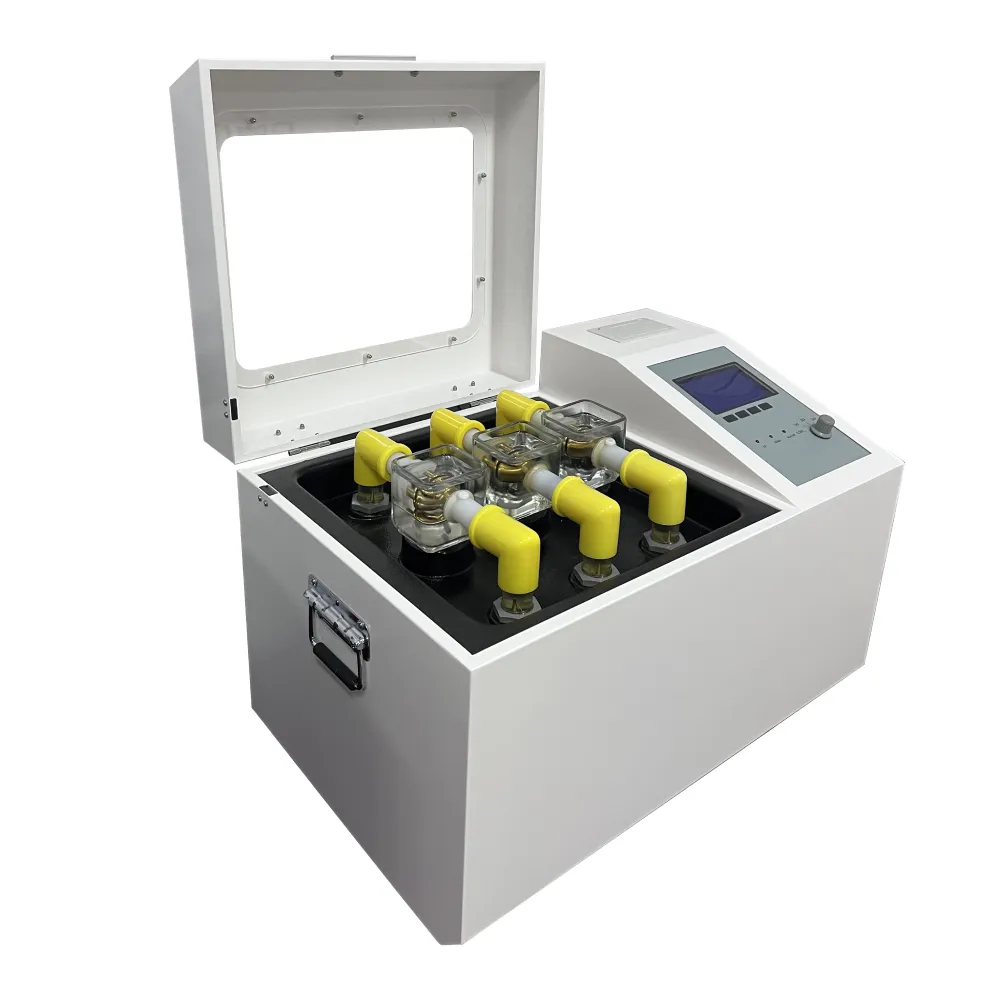 English
English



-
 Afrikaans
Afrikaans -
 Albanian
Albanian -
 Amharic
Amharic -
 Arabic
Arabic -
 Armenian
Armenian -
 Azerbaijani
Azerbaijani -
 Basque
Basque -
 Belarusian
Belarusian -
 Bengali
Bengali -
 Bosnian
Bosnian -
 Bulgarian
Bulgarian -
 Catalan
Catalan -
 Cebuano
Cebuano -
 China
China -
 China (Taiwan)
China (Taiwan) -
 Corsican
Corsican -
 Croatian
Croatian -
 Czech
Czech -
 Danish
Danish -
 Dutch
Dutch -
 English
English -
 Esperanto
Esperanto -
 Estonian
Estonian -
 Finnish
Finnish -
 French
French -
 Frisian
Frisian -
 Galician
Galician -
 Georgian
Georgian -
 German
German -
 Greek
Greek -
 Gujarati
Gujarati -
 Haitian Creole
Haitian Creole -
 hausa
hausa -
 hawaiian
hawaiian -
 Hebrew
Hebrew -
 Hindi
Hindi -
 Miao
Miao -
 Hungarian
Hungarian -
 Icelandic
Icelandic -
 igbo
igbo -
 Indonesian
Indonesian -
 irish
irish -
 Italian
Italian -
 Japanese
Japanese -
 Javanese
Javanese -
 Kannada
Kannada -
 kazakh
kazakh -
 Khmer
Khmer -
 Rwandese
Rwandese -
 Korean
Korean -
 Kurdish
Kurdish -
 Kyrgyz
Kyrgyz -
 Lao
Lao -
 Latin
Latin -
 Latvian
Latvian -
 Lithuanian
Lithuanian -
 Luxembourgish
Luxembourgish -
 Macedonian
Macedonian -
 Malgashi
Malgashi -
 Malay
Malay -
 Malayalam
Malayalam -
 Maltese
Maltese -
 Maori
Maori -
 Marathi
Marathi -
 Mongolian
Mongolian -
 Myanmar
Myanmar -
 Nepali
Nepali -
 Norwegian
Norwegian -
 Norwegian
Norwegian -
 Occitan
Occitan -
 Pashto
Pashto -
 Persian
Persian -
 Polish
Polish -
 Portuguese
Portuguese -
 Punjabi
Punjabi -
 Romanian
Romanian -
 Russian
Russian -
 Samoan
Samoan -
 Scottish Gaelic
Scottish Gaelic -
 Serbian
Serbian -
 Sesotho
Sesotho -
 Shona
Shona -
 Sindhi
Sindhi -
 Sinhala
Sinhala -
 Slovak
Slovak -
 Slovenian
Slovenian -
 Somali
Somali -
 Spanish
Spanish -
 Sundanese
Sundanese -
 Swahili
Swahili -
 Swedish
Swedish -
 Tagalog
Tagalog -
 Tajik
Tajik -
 Tamil
Tamil -
 Tatar
Tatar -
 Telugu
Telugu -
 Thai
Thai -
 Turkish
Turkish -
 Turkmen
Turkmen -
 Ukrainian
Ukrainian -
 Urdu
Urdu -
 Uighur
Uighur -
 Uzbek
Uzbek -
 Vietnamese
Vietnamese -
 Welsh
Welsh -
 Bantu
Bantu -
 Yiddish
Yiddish -
 Yoruba
Yoruba -
 Zulu
Zulu
test the dielectric strength of transformer oil
Testing the Dielectric Strength of Transformer Oil
Transformer oil plays a crucial role in ensuring the efficient operation and longevity of transformers. One of the key properties of transformer oil is its dielectric strength, which is a measure of the oil's ability to withstand electrical stress without breaking down. This characteristic is vital because a breakdown in the dielectric strength can lead to catastrophic failures, risking both equipment and safety. Therefore, testing the dielectric strength of transformer oil is an essential procedure for maintenance and quality control in electrical systems.
Understanding Dielectric Strength
Dielectric strength is defined as the maximum electric field that a material can withstand without experiencing failure. For transformer oil, this property is particularly important as it provides insulation between live electrical components and the ground. When transformer oil degrades due to factors such as temperature, moisture, oxidative impurities, or the presence of metallic particles, its dielectric strength diminishes, increasing the risk of electrical arcing or flashover.
Importance of Testing
Regular testing of the dielectric strength of transformer oil is vital for several reasons
1. Preventive Maintenance By assessing the dielectric strength, utilities and facility managers can identify oil degradation before it leads to equipment failure. This proactive measure allows for timely interventions, such as oil purification or replacement.
2. Equipment Reliability High dielectric strength ensures reliable performance of transformers. A transformer that operates with compromised oil is at greater risk of faults, which can lead to substantial repair costs and extended downtimes.
3. Safety Electrical faults resulting from poor dielectric strength can cause hazardous situations, including fires or explosions. Regular testing contributes to workplace safety by minimizing these risks.
test the dielectric strength of transformer oil

4. Regulatory Compliance Many industries are governed by strict standards regarding transformer maintenance. Testing dielectric strength can help organizations remain compliant with these regulations, avoiding potential legal repercussions.
How to Test Dielectric Strength
The most common method for testing the dielectric strength of transformer oil is the ASTM D1816 standard, which involves using a device called a dielectric strength tester. The procedure generally includes the following steps
1. Sample Preparation A sample of transformer oil is collected, ensuring it is clean and free from contamination.
2. Equipment Setup The dielectric strength tester is set up according to manufacturer guidelines, ensuring that all connections are secure and the device is calibrated.
3. Testing Process The tester applies an increasing voltage across the oil sample until breakdown occurs. The voltage at which this happens is recorded as the dielectric strength.
4. Analysis of Results The measured dielectric strength is compared to industry standards or previous test results. A significant drop in dielectric strength indicates the need for further analysis or remedial action.
Conclusion
In conclusion, testing the dielectric strength of transformer oil is an indispensable part of transformer maintenance and operation. By regularly evaluating this critical property, organizations can enhance the reliability and safety of their electrical systems. With the growing demand for electricity and the complexity of modern power grids, understanding and maintaining the quality of transformer oil is more important than ever. Investing in proper testing methodologies not only protects physical assets but also ensures the continuity of electrical services essential for our daily lives. As technologies advance, ongoing research into improving methods of testing and enhancing oil quality will be key to addressing future challenges in the energy sector.
-
Exploring the Main Types of Industrial Endoscopes and Their Applications Across IndustriesNewsJul.04,2025
-
Testing Equipment Industry Sees Major Advancements in 2025: Smart & Precision Technologies Lead the WayNewsJun.06,2025
-
Applications of Direct Current Generators in Renewable Energy SystemsNewsJun.05,2025
-
Hipot Tester Calibration and Accuracy GuidelinesNewsJun.05,2025
-
Digital Circuit Breaker Analyzer Features and BenefitsNewsJun.05,2025
-
Benefits of Real-Time Power Quality Monitoring Devices for Industrial EfficiencyNewsJun.05,2025



